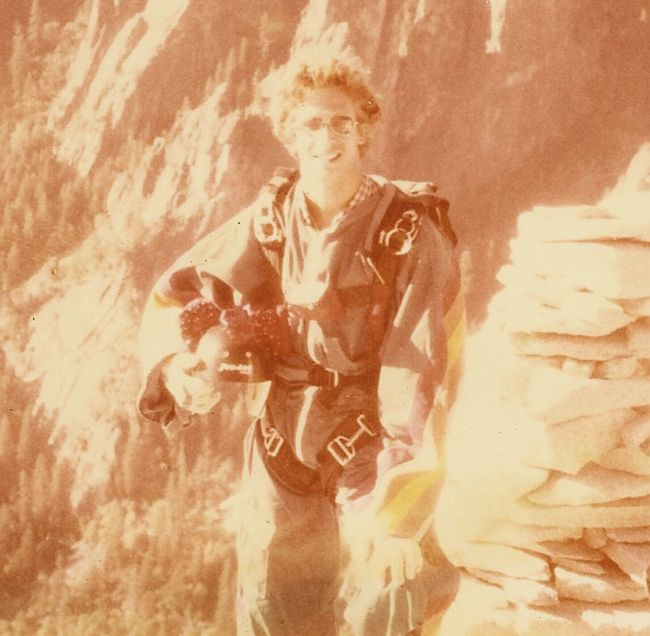pchapman 262
I feel one valid reason to use a very small amount of brake is to get a better feel for the pressurization of the canopy.
If the toggles are up against the guide rings, changes in the canopy will not be felt as well as if the brakes are pulled down a little bit, putting brake line tension on the canopy. Depending on the toggle settings, the first couple inches of brake travel may only be taking the slack out of the brake lines.
So one has to be careful of whether "brakes" is being defined from the hand-position or canopy-aerodynamics point of view. A jumper could be following the recommendation to leave the canopy in full flight and unbraked, yet be "using brakes" in that they've moved their hands down a couple inches.
If the toggles are up against the guide rings, changes in the canopy will not be felt as well as if the brakes are pulled down a little bit, putting brake line tension on the canopy. Depending on the toggle settings, the first couple inches of brake travel may only be taking the slack out of the brake lines.
So one has to be careful of whether "brakes" is being defined from the hand-position or canopy-aerodynamics point of view. A jumper could be following the recommendation to leave the canopy in full flight and unbraked, yet be "using brakes" in that they've moved their hands down a couple inches.




I remember in the old days, USPA used to recommend going into the brakes for turbulence. Nowadays canopy makers like PD recommend full flight. Don't really know whether it's overall canopy design, or the materials used, or a little of both, but would suspect it may be design.
Brian Germain recommends a "quick stabbing" motion on the toggles when encountering turbulence, though I think he also goes with full flight in general.
Your humble servant.....Professor Gravity !